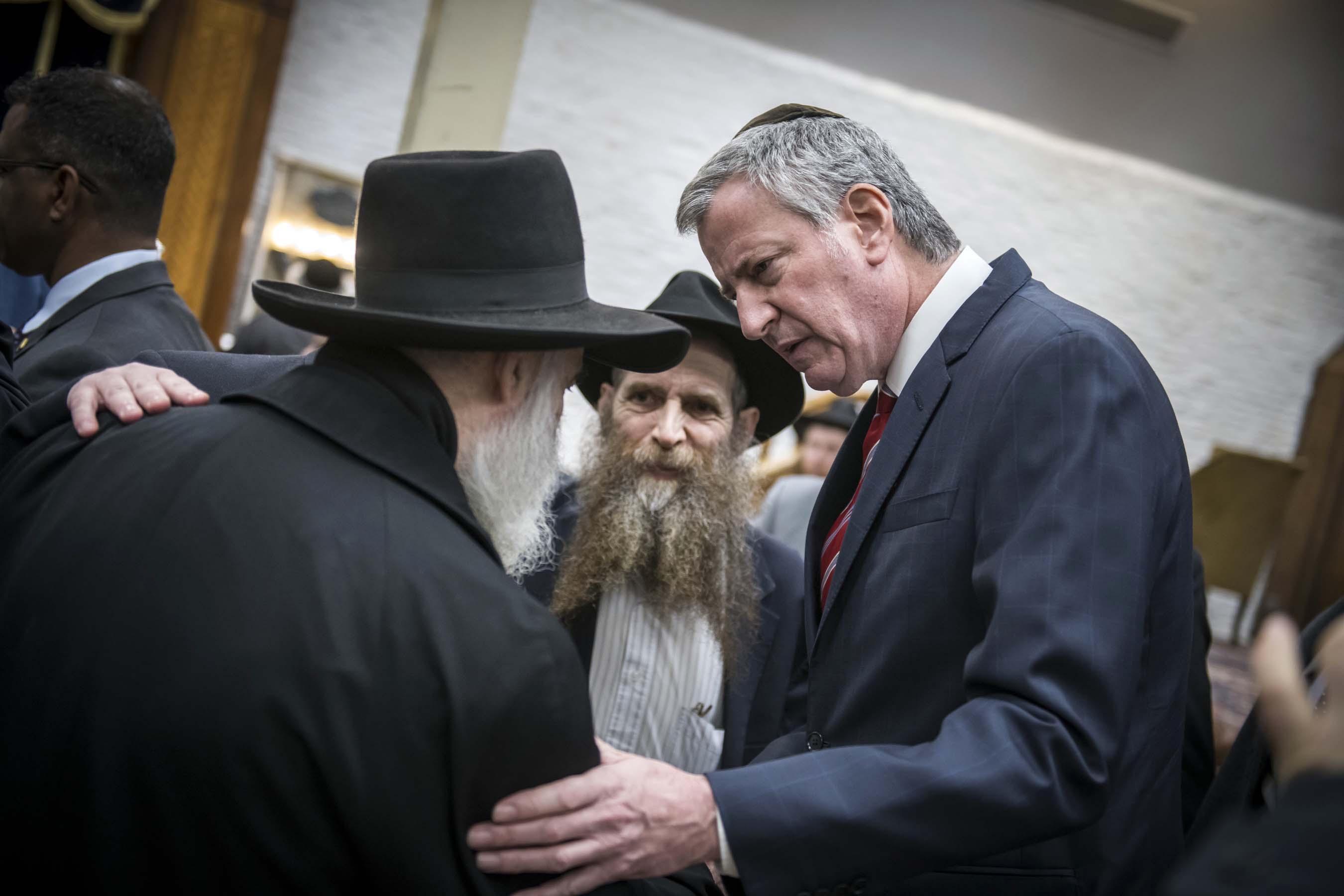City’s push to address anti-Semitism draws lessons from gun violence efforts

In the wake of anti-Semitic hate crimes across the region, the city has introduced a package of school- and community-based initiatives designed to educate New Yorkers about bias and hate crimes, and bring neighbors together to diffuse tensions.
Though the specifics of the new initiatives remain unclear, Mayor Bill de Blasio likened the multi-agency, neighborhood-targeted approach for reducing hate crimes to the city’s response to gun violence at NYCHA developments in 2014.
“I remember at the beginning of the administration, we had a real crisis with shootings in NYCHA developments and we had to put a series of new initiatives into place that first summer I was in office,” de Blasio told the Eagle.

Brooklyn Boro
View MoreNew York City’s most populous borough, Brooklyn, is home to nearly 2.6 million residents. If Brooklyn were an independent city it would be the fourth largest city in the United States. While Brooklyn has become the epitome of ‘cool and hip’ in recent years, for those that were born here, raised families here and improved communities over the years, Brooklyn has never been ‘uncool’.